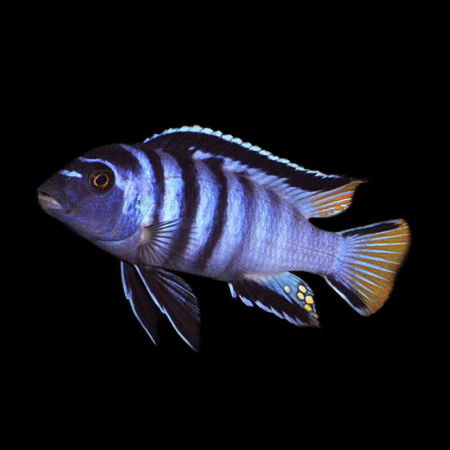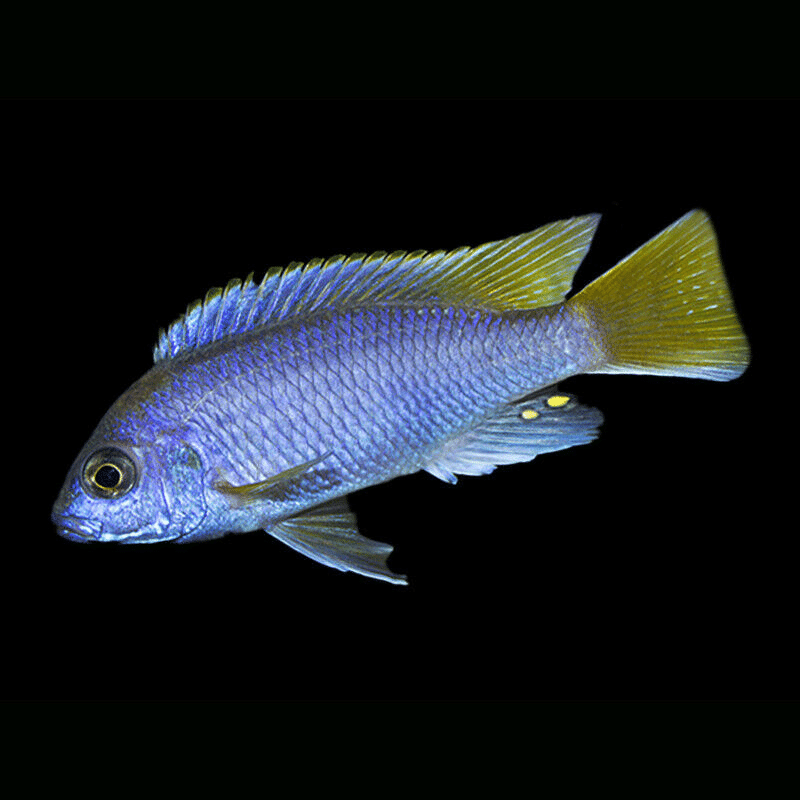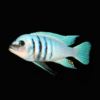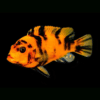To provide the best experiences, we use technologies like cookies to store and/or access device information. Consenting to these technologies will allow us to process data such as browsing behaviour or unique IDs on this site. Not consenting or withdrawing consent, may adversely affect certain features and functions.
The technical storage or access is strictly necessary for the legitimate purpose of enabling the use of a specific service explicitly requested by the subscriber or user, or for the sole purpose of carrying out the transmission of a communication over an electronic communications network.
The technical storage or access is necessary for the legitimate purpose of storing preferences that are not requested by the subscriber or user.
The technical storage or access that is used exclusively for statistical purposes.
The technical storage or access that is used exclusively for anonymous statistical purposes. Without a subpoena, voluntary compliance on the part of your Internet Service Provider, or additional records from a third party, information stored or retrieved for this purpose alone cannot usually be used to identify you.
The technical storage or access is required to create user profiles to send advertising, or to track the user on a website or across several websites for similar marketing purposes.














Emily Carter (verified owner) –
I recently added the Luwala Yellow-Tail Acei Cichlid to my aquarium, and I couldn’t be happier! After a week of monitoring their acclimation, I noticed they adapted beautifully to my 55-gallon tank. Their vibrant yellow and blue coloration is stunning and really livens up the space. I was initially concerned about compatibility with my other tropical fish, but these African cichlids have proven to be peaceful and social, which is a huge plus. Compared to my previous cichlids, the Acei are much more engaging to watch as they explore their environment and interact with each other.
One thing to note is that they do appreciate a bit of rockwork and hiding spots, so I’d recommend adding some caves or driftwood to your setup. This helps them feel secure and promotes natural behavior. Overall, if you’re looking for a lively and colorful addition to your aquarium, the Luwala Yellow-Tail Acei Cichlid is an excellent choice. Perfect for both seasoned aquarists and beginners looking to delve into the world of African cichlids. I can honestly say, I’ll be adding more of these beauties to my collection soon! Highly recommend!